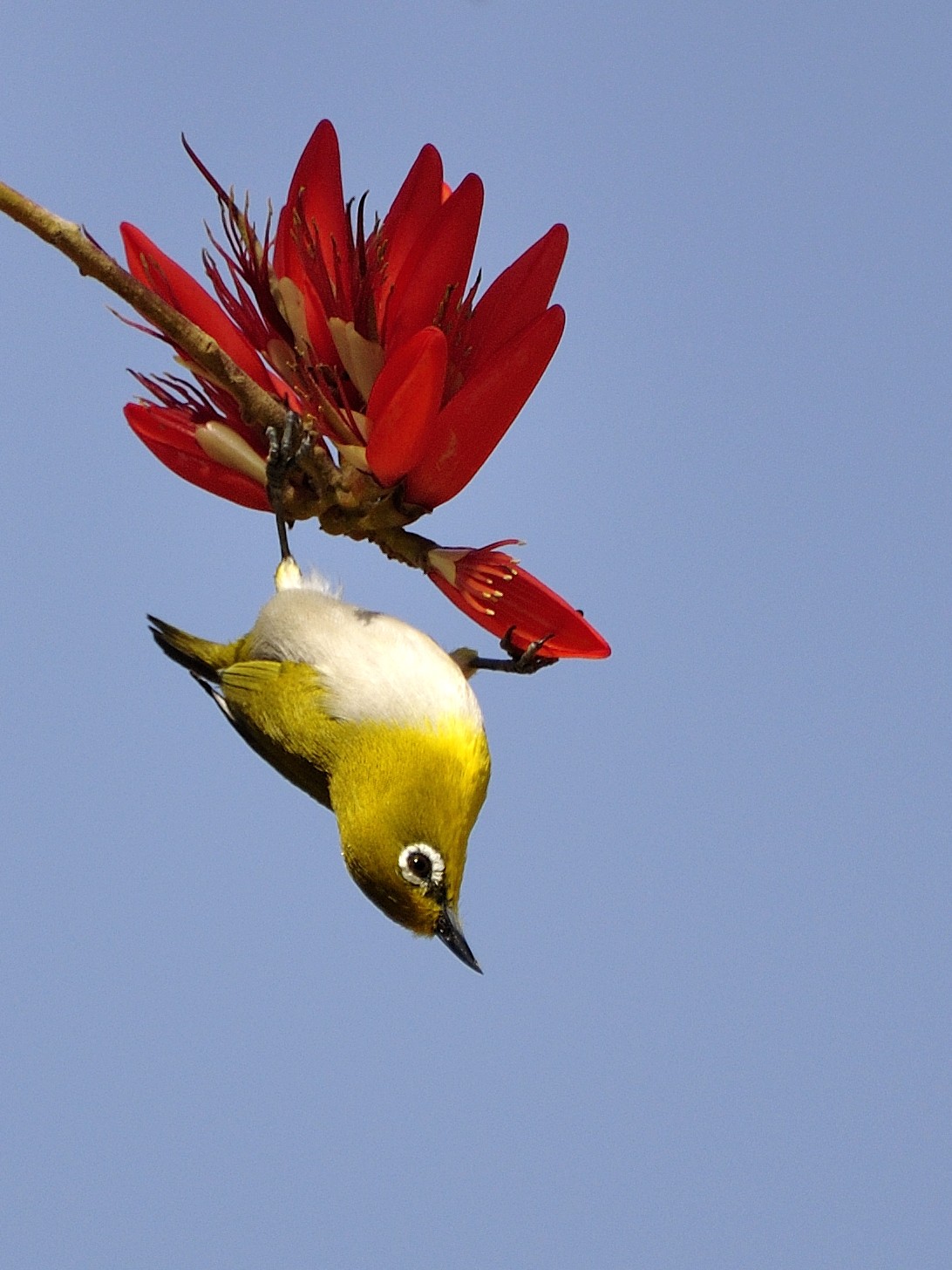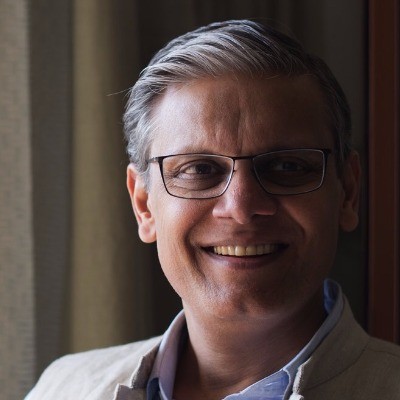It is a common scene in birding groups today: people with long-lensed cameras outnumber those with binoculars. Both types of optics are mandatory equipment for the hobby; we need the power of these magnifications to bring the birds closer to us. Because whether we pursue them through urban, rural, or wild landscapes, we intrude into realms that have become increasingly alien to us (as we have to them) as we withdraw deeper into our buzzing cities.
In that, the art of birding becomes an act of voyeurism. Birders unabashedly ogle at the way birds live their lives – irrespective of what they’re doing, and insensitive to the effect this behaviour might have upon them. Just step back and watch the birds, and you’ll realise that they are watching us.
All the while they watch us, their attention is removed from their surroundings. In nature, this momentary distraction could be tragic at its worst, or energy depleting at its most benign. When its guard is let down, death swoops in disguised as a predator. When its energy is expended in abnormal activity, replenishing it requires extra work, with its attendant dangers.
The cardinal rule of birding is that the bird comes first – not the good view that a birder desires, not the correct ID, not the best photographic shot. With the steady improvement of optical tools, we are fortunately better equipped to view/ photograph birds from a distance. Yet, some people are not easily satisfied and want better views or angles or a closer proximity with their subject – a trait more often seen among bird photographers (rather than ‘simple’ birders). While bin-toting birders are happy to watch from a distance, aware that a closer approach might scare their quarry, those behind rapid-firing tele-cameras are not so punctilious. Harnessing their stalking skills, they sidle closer and closer for the one shot that will earn them plaudits in the digital world – the catch-light winking in the eye, the gore-soaked talon, the eviscerated intestines, the ritual of feeding, the frenetic display of courtship – the aha! moment. In their pursuit, they kill two birds with one stone – to use an unfortunate idiom – the bin-toting birders, and the birds themselves, compromising, in the latter act, the integrity of the cardinal rule.
So, you, the prospective bird photographer, have to decide between being a tourist, snapping birds (yes, even through those huge lenses), or a bird photographer worthy of that moniker. If it is the former – which has its own brilliant uses – then follow a tourist’s, and birder’s codes. Keep your distance from your subject, keep the sanctity of the place (or the sense of safety, in the bird) intact, and allow fellow tourists or birders an equal opportunity to admire and absorb the moment. Bring away snapshots to help in IDs, or to fix memory. If you get one or more photograph from a distance, be satisfied. If not, don’t pursue the bird for a better shot, a better angle, better light, etc. Don’t become a tourist trespassing into restricted precincts, or a birder walking on freshly planted fields, or through grasslands harbouring ground-nesting species. Don’t vandalise with graffiti or impoverish by collecting souvenirs, or endanger the equilibrium of a bird’s life by your insensitivity. Care enough for the bird and ensure you do not scare it into flight. If it is unidentifiable in your photo, let the mystery remain. Isn’t that part of birding too?
I believe that if you end up looking at birds only through a viewfinder, you miss the bigger picture of the drama, the woods for the trees, and you are left with an education that is only rudimentary. The view is not so myopic when you bird-watch through binoculars. Try it.
But if you wish to become a bird photographer, then this advice comes from one of the best photographers in the country – Dhritiman Mukherjee: leave behind your camera on your first photographic foray. Take only your binoculars. Pursue your subject for lengths of time, study it deeply: its movements relative to its surroundings, and to the movement of light and shade; its behaviour in different situations; its modes of interactions with other wildlings; its favourite perches. Stay with it from dawn to dusk, unobtrusively watching it all the time. Become intimate with its life cycles, without violating its sense of space or its sense of safety. Once you’ve done this, leave your bins and pick up your camera. By becoming a familiar of the bird, you would have learnt how to tackle its shy, timid flightiness. You’d have deciphered the contours of the land relative to its presence and chosen your spots for the photographs you want to make.
If need be – and it is often so – you would have devised the subterfuge required to disguise your human form from the bird, becoming, as Aldo Leopold yearned, “the muskrat eye-deep in the marsh, when the geese return," or the scarecrow amidst the shivering crop upon which a petrified lark perches, frozen below a hovering harrier, or a hay-laden bullock cart near a displaying florican, or a tree trunk at the edge of a forest clearing. You would have divined the bird’s movements, and that of the light. You would have allowed the land to become intimate with you. And above all, you would have formed a peripheral instinct for the pulse of life in that pocket of wilderness. None of this would have been possible had you continued to violate the brittle balance of life that permeates wildernesses. Now the bird is no longer startled by your presence, and when it sees you, instead of taking frantic, evasive action, it holds you in its gaze, not as an aberration, but a part of its birdscape.
When you begin to shoot, you’ll be thrilled with your pictures not because they are good, but because the bird is not watching you, it is living its life.
Author’s note: The title is taken from Sharman Apt Russell’s 'Diary of a Citizen Scientist'.


